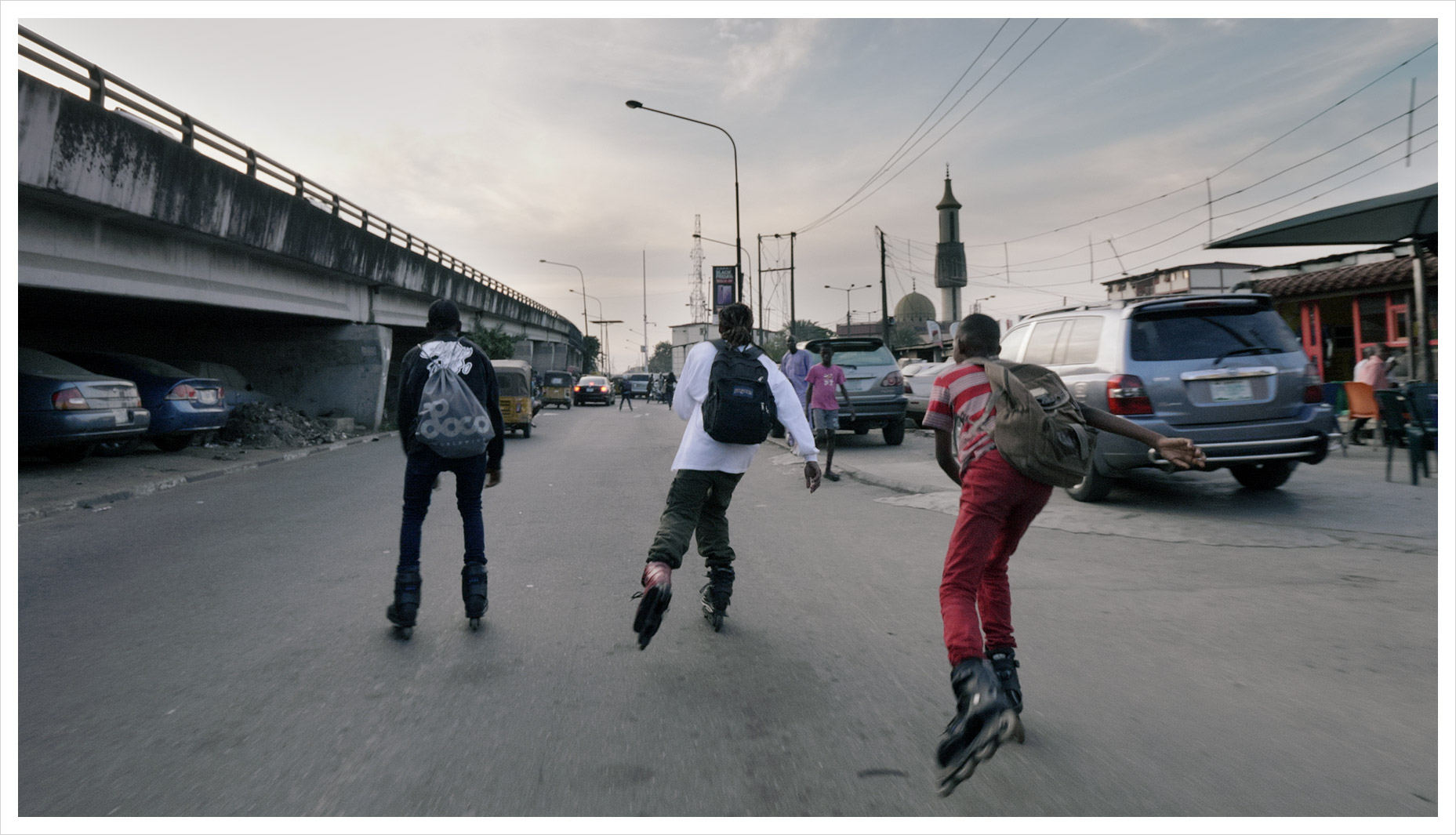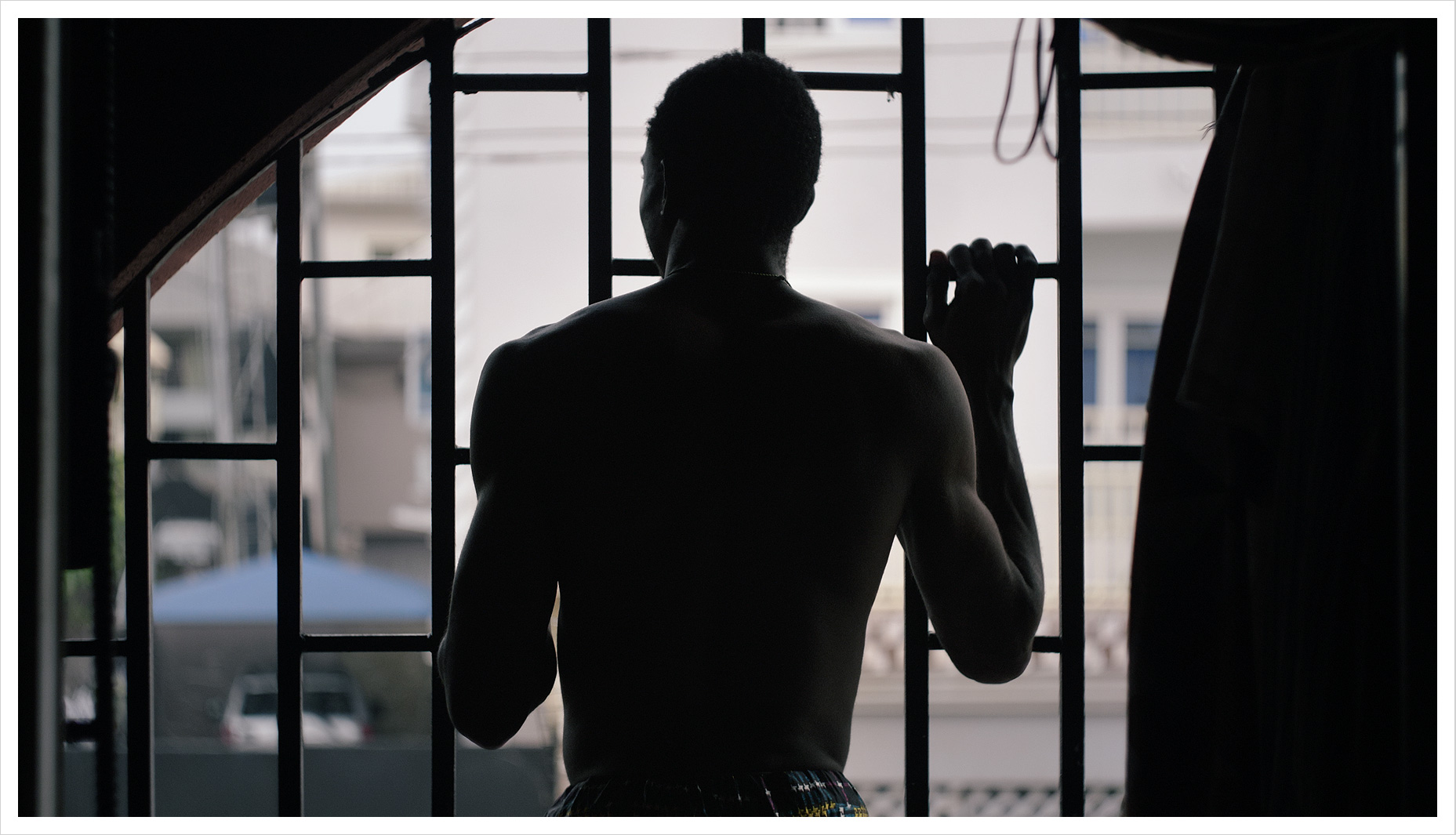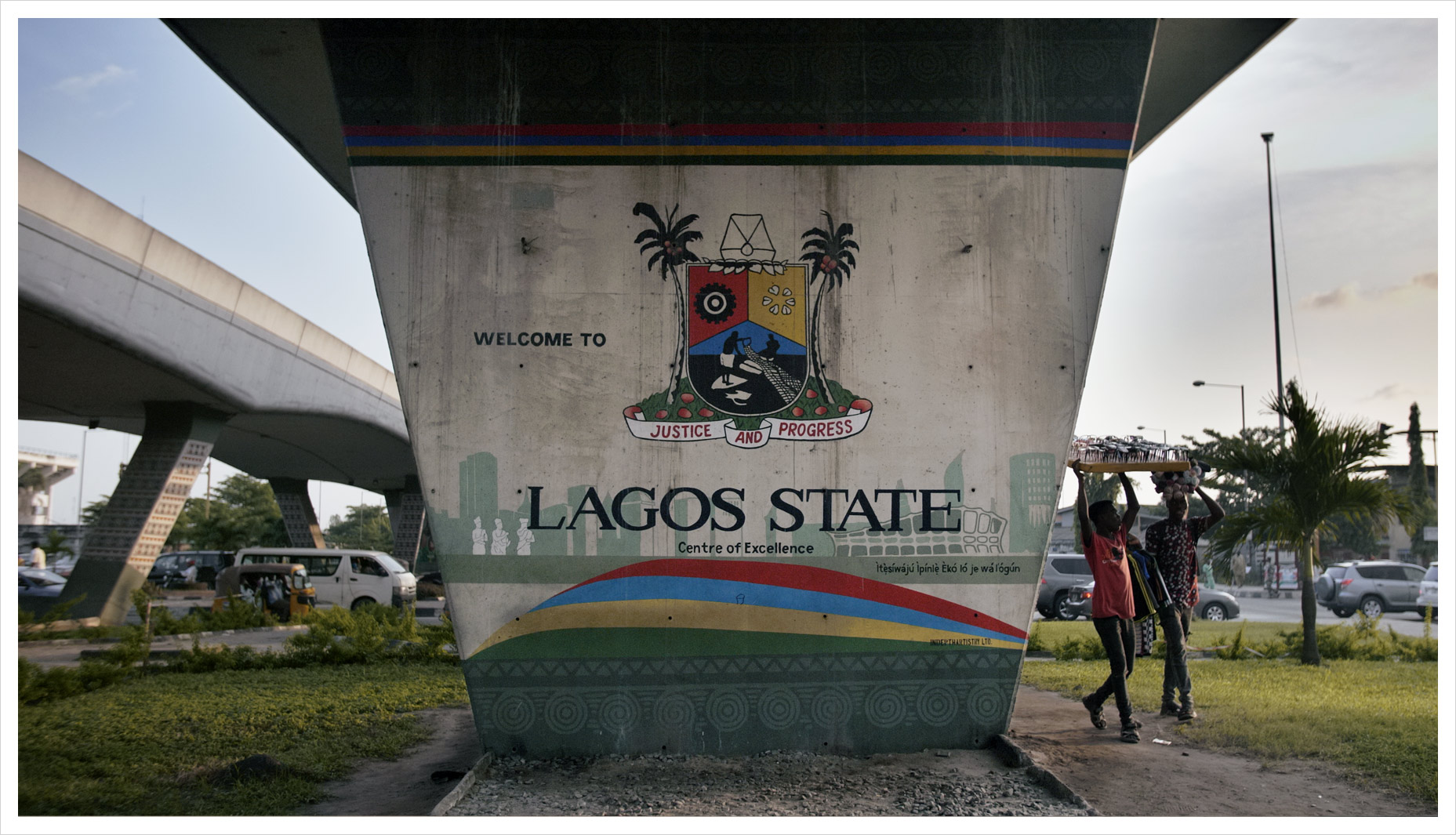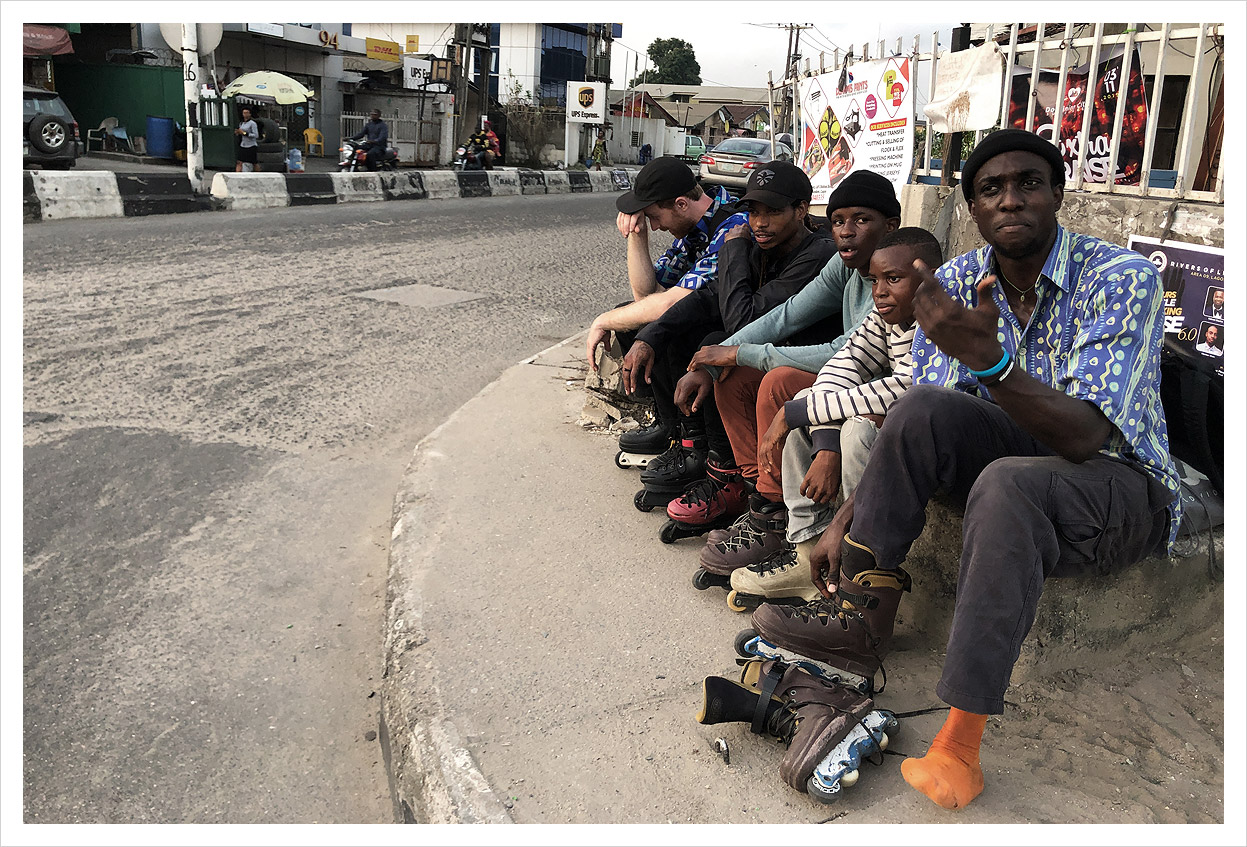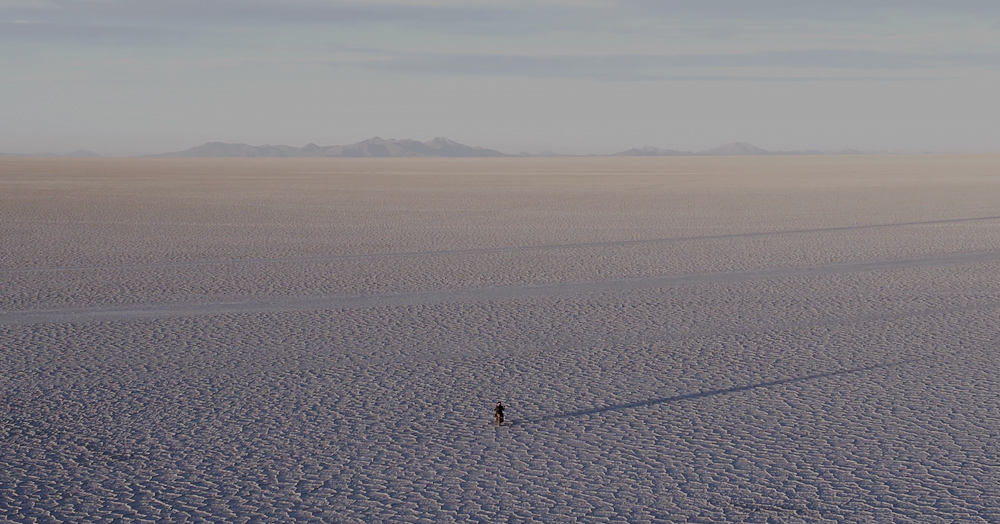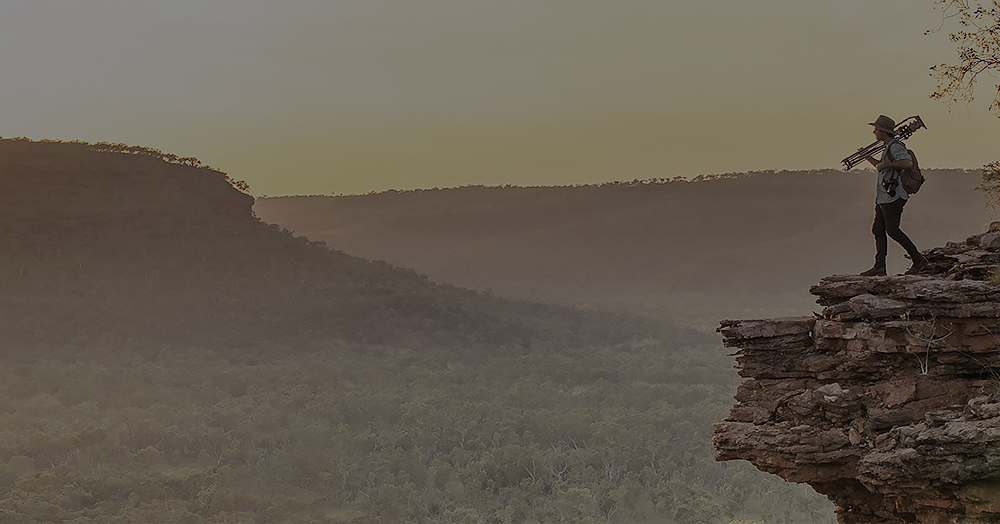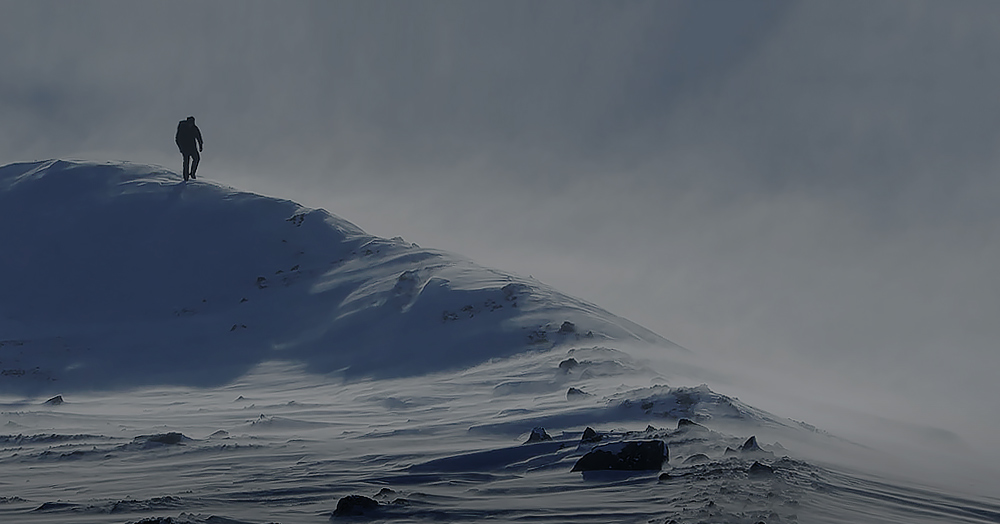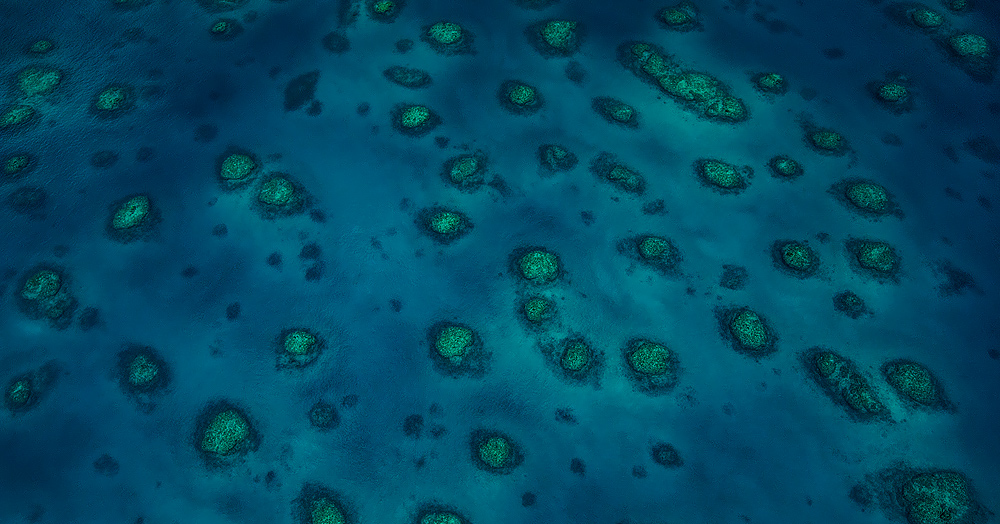04
BEHIND THE SCENES
Shooting in Nigeria posed several problems that had to be considered carefully prior to the trip. Travelling to West Africa as a tourist is generally not advised due to the high crime rate and risk of kidnapping, particularly when taking expensive camera equipment. It’s therefore normally advised to be accompanied by armed security. However, for this shoot Dom made the decision to go solo in order to capture the story in its truest form. For this reason the gear used was stripped back to the bare essentials, shooting only on a small mirrorless camera with little to no accessories. The majority of the film was shot handheld whilst on inline skates, with the exception of some gimbal shots when weaving through the heavy traffic. As for lenses, a vintage Soviet SLR set was used to compliment the gritty streets of Lagos.
Each shoot day involved 12+ hours of exploring various parts of the city, hopping from one form of transport to another. From travelling on the back of motorbikes down the wrong side of the highway, to cramming into the highly congested city buses, navigating through the city each day was a challenge in itself. But by far the quickest and most efficient way to navigate the megacity was on skates, often covering up to 30kms a day whilst holding onto cars, bikes and buses.
Each shoot location had to be assessed as to whether it was safe due to local gangs or ‘area boys’ that control each suburb. The local skaters would often have to pay bribes to the gang leader in order to allow for filming to take place.
